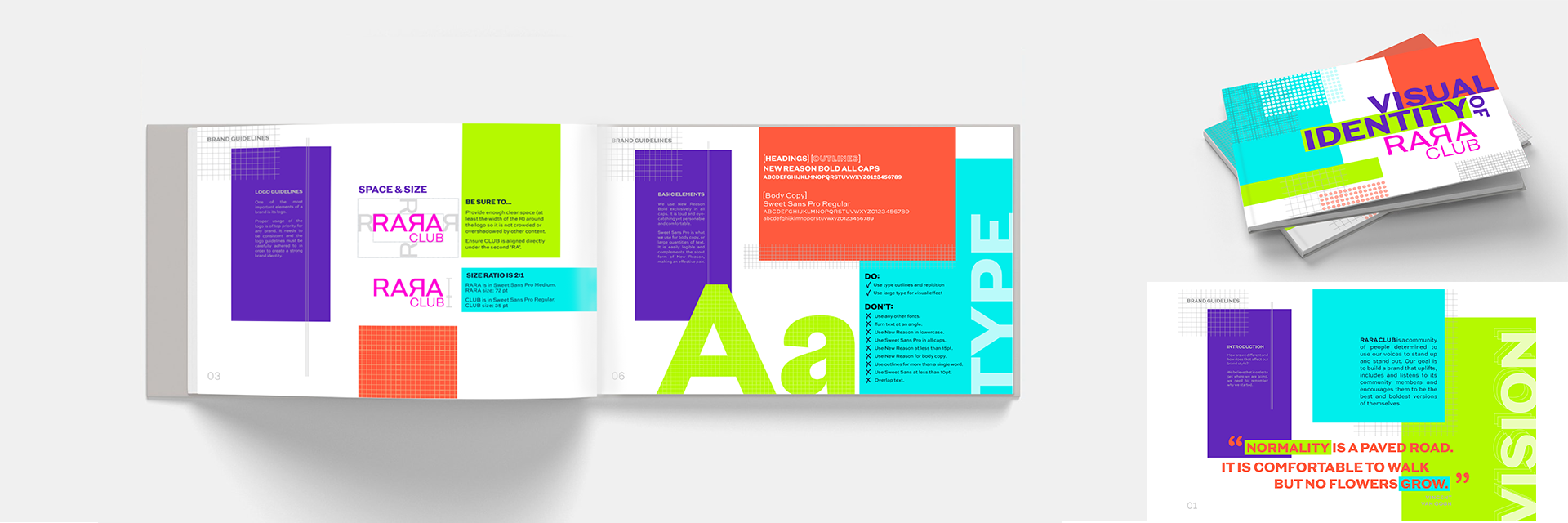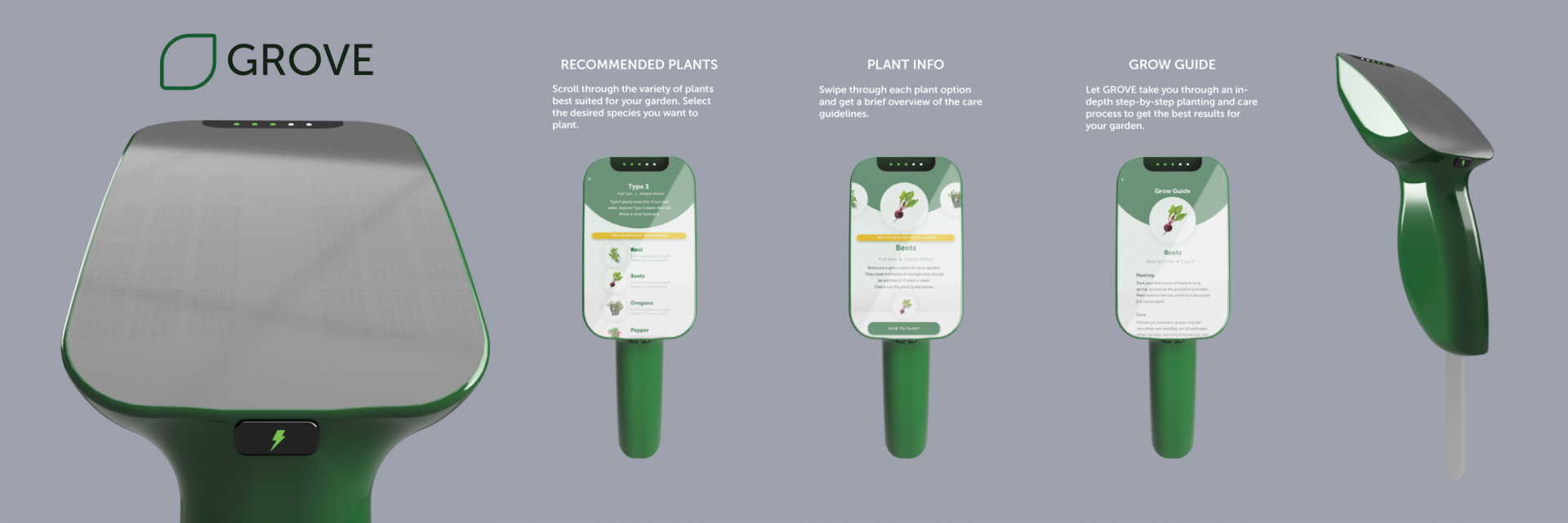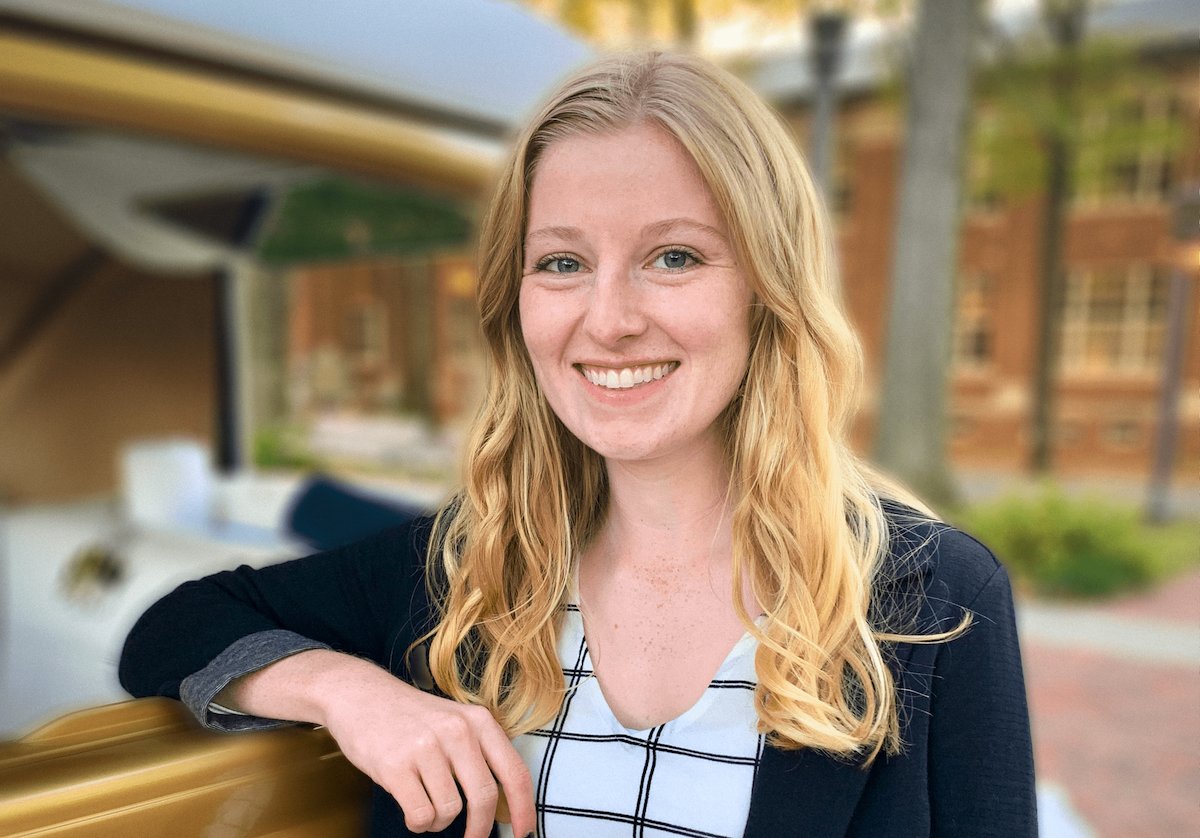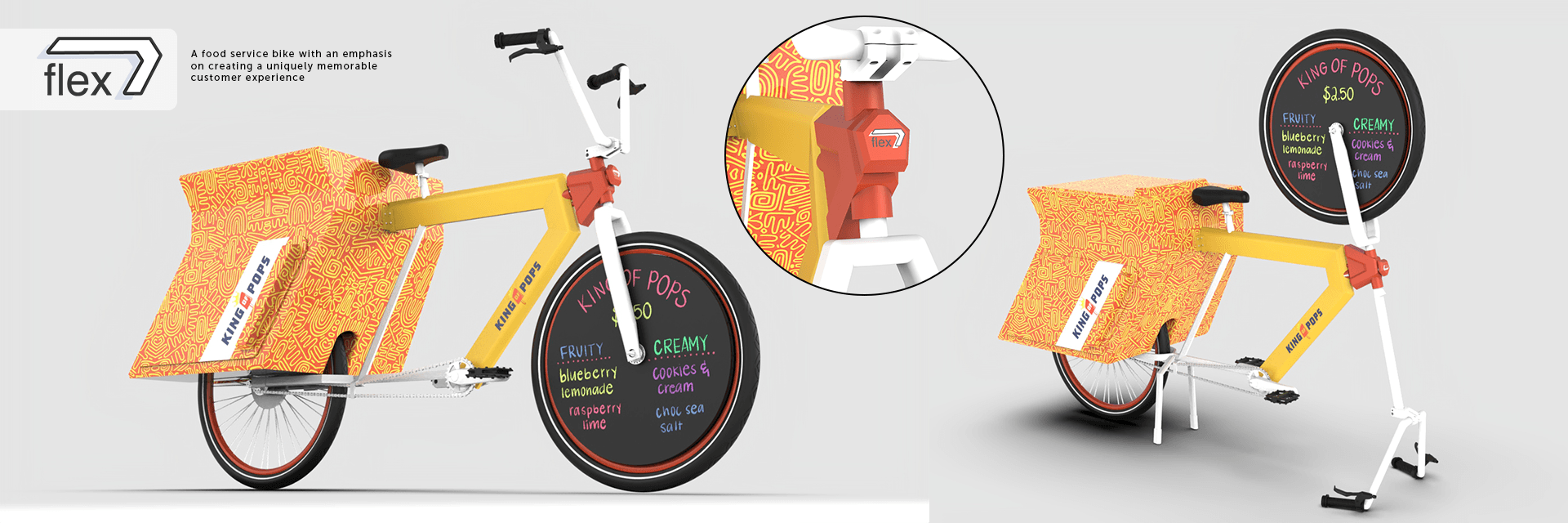
Statcart
Team Members: Avery Thomas, Xuanhui Shao, Cole Chalhub
Class: Junior Health Design Studio, Wendell Wilson
First responders must arrive at the site of an emergency with any and all gear that could be necessary. This results in EMT field personnel lugging upwards of 80 lbs of equipment to the site. The equipment is all separate, causing the process to be cumbersome and clumsy. The current makeshift solution, throwing gear onto the gurney, has many drawbacks and constraints. Our solution is a rugged cart that efficiently stores and transports all the necessary gear to the site of an emergency.
Not only were we challenged to design a technical, functional solution to a complex problem, but it was also imperative that the visual design language communicate the function and instill confidence in our users-- emergency personnel. We accomplished this through thoughtful design of the form and prioritization of user-centered design. The final result was a model that achieves all of our design objectives and effectively serves our target user group.

RARA CLUB
Over quarantine, I worked as a freelance designer and rebranded a mission-led cosmetics startup, RARA CLUB. During my time working with RARA CLUB, a company started a few years ago through CREATE-X, I crafted a unique visual identity to better reach their target market. I then translated that vision into tangible guidelines and delivered a detailed brand manual for implementation. It was a fun challenge to communicate design language in a way that non-designers could understand. It required me to stretch my understanding of graphic design, learn practical skills related to being self-employed, and the importance of meeting a client's needs while staying true to my design philosophy.

COMEBACK
Class: ID 2024 | Instructor: Steve Chininis
COMEBACK is a smart accessory designed for athletes overcoming an ACL injury. ACL injuries are among the most devastating to young athletes as they require reconstruction surgery and have a recovery time of over a year. The COMEBACK helps athletes overcome both the mental and physical hurdles of returning to sport by bolstering their self confidence. The COMEBACK fits any standard ACL knee brace and collects data based on the most important metrics that doctors use to measure a patient’s recovery. It puts personalized data in the athlete’s hands, allowing them to track their progress and return to the game confidently and fearlessly.

Eyelash Curler
Class: ID 2023 | Instructor: Steve Chininis
I identified the traditional eyelash curler as an everyday tool that could be significantly improved. I launched this project by collecting research, and began by observing two women perform their daily routine with their eyelash curler. Their experiences informed journey maps that helped me identify design opportunities. This nominal data was valuable and uncovered definite opportunities for improvement in design. However, I wanted to target specific issues that many eyelash curler users were facing. Thus, I decided to collect some quantitative data through a carefully scripted Qualtrics survey that allowed me to collect relevant and meaningful data. The data revealed three clear pain points that I then transformed into design objectives.
Possibility of pulling out eyelashes → An effective redesign would eliminate the motion of bending the eyelashes 90 degrees. Possibility of pinching eyelashes → An effective redesign would eliminate pinching eyelashes between a piece of silicon and metal. General fear of aesthetic→ An effective redesign would be less mechanical-looking and intimidating. The final product accomplishes these three objectives by entirely reimagining the traditional eyelash curler in both form and mechanism. This eyelash curler uses gentle brush tips to curl and brush the lashes in an upward motion without relying on pinching and clamping. It is also used from the side, instead of directly over the eye and is more closely related to other common beauty products such as mascara wands and eyeliner pens. This redesigned eyelash curler is a great example of how user-informed design decisions result in more effective and accessible products.

GROVE
Group Members: Avery Thomas, Isaac Shapiro, Caroline Allen
Class: ID 2510 | Instructors: Yaling Liu, Sang-Won Leigh, Wei Wang
GROVE is a smart garden tool that helps you get to know your garden to help it reach its full potential. Gardens are notoriously hard to manage and sustain, so GROVE empowers amateur gardeners by providing them with data that helps them make smarter choices for their garden. When placed in your garden for 24 hours, GROVE collects and analyzes data on the environment’s soil moisture levels and UV index, and then indicates what plants would be most successful in your garden. GROVE uses the collected data to categorize your garden into one of twelve types, and suggests plants that would thrive in that type of environment. It also provides a step-by-step grow guide for every plant to help coach amateur gardeners in planting and care techniques.

